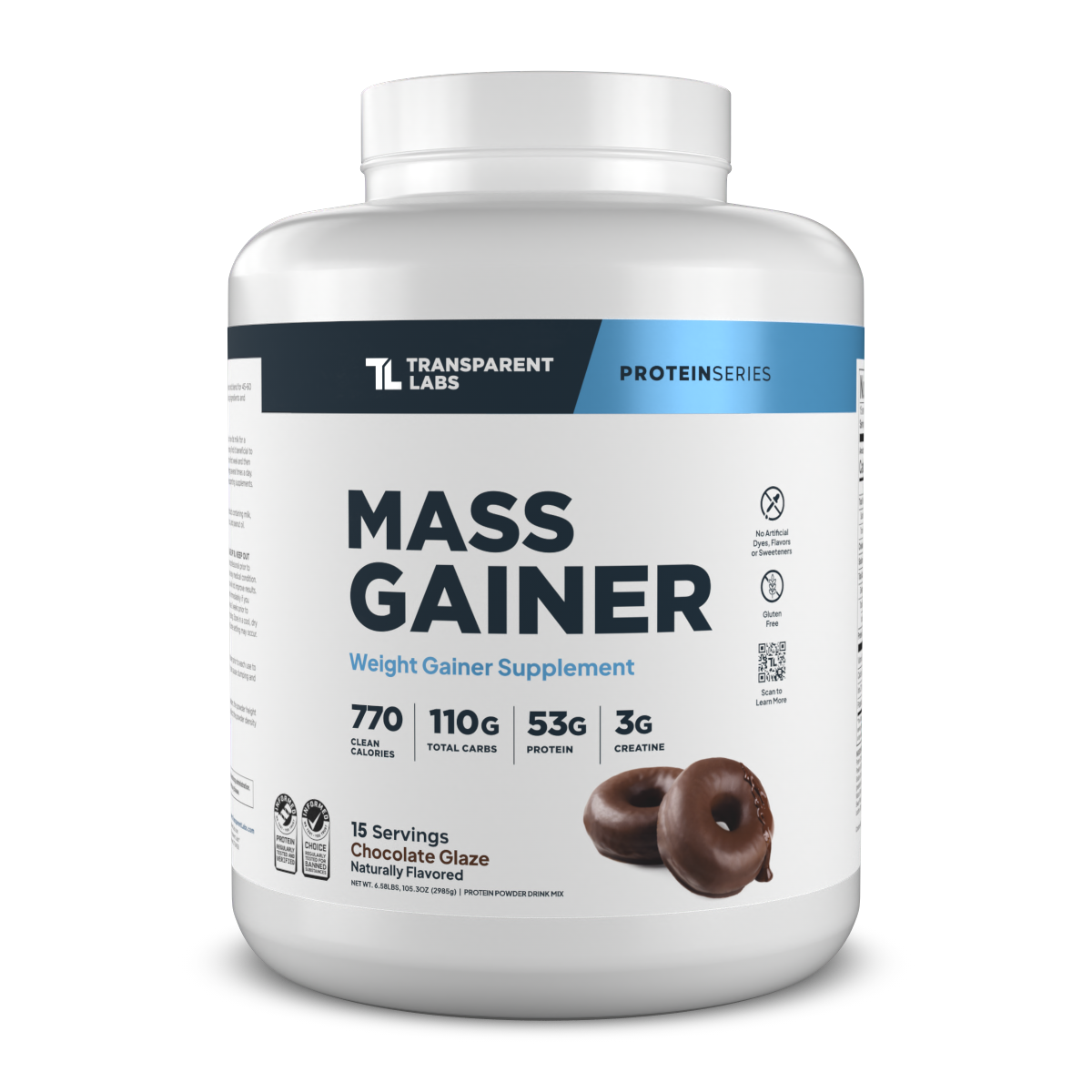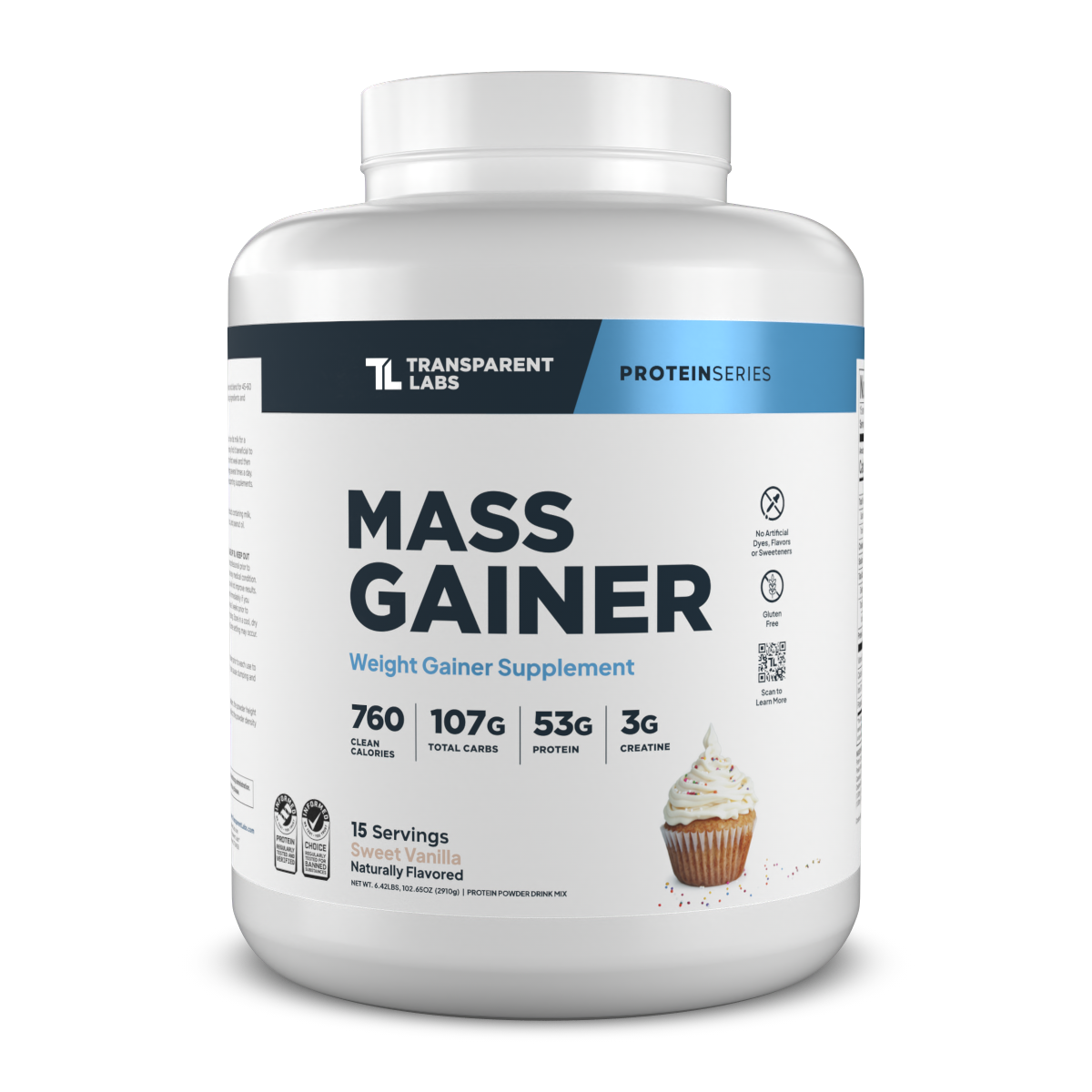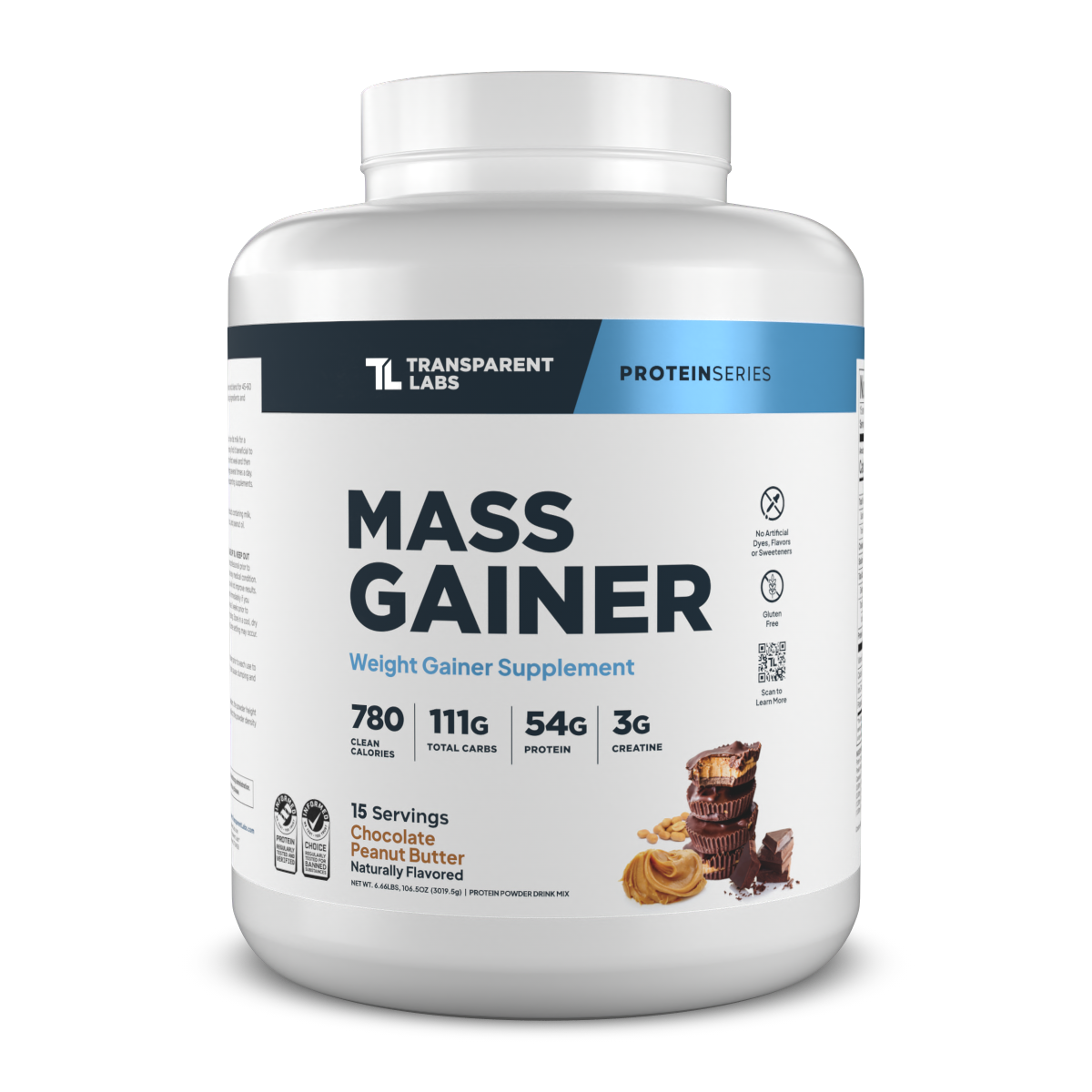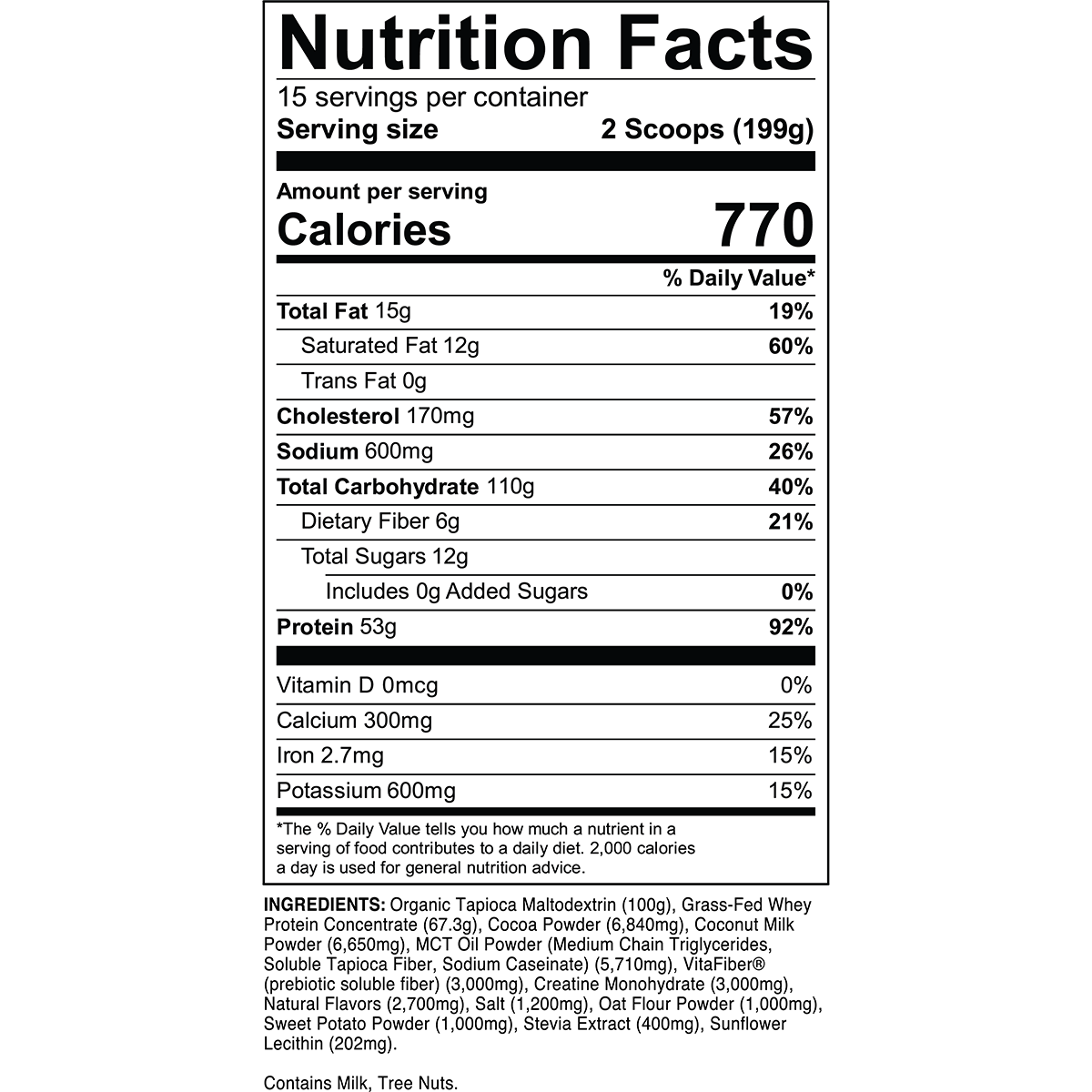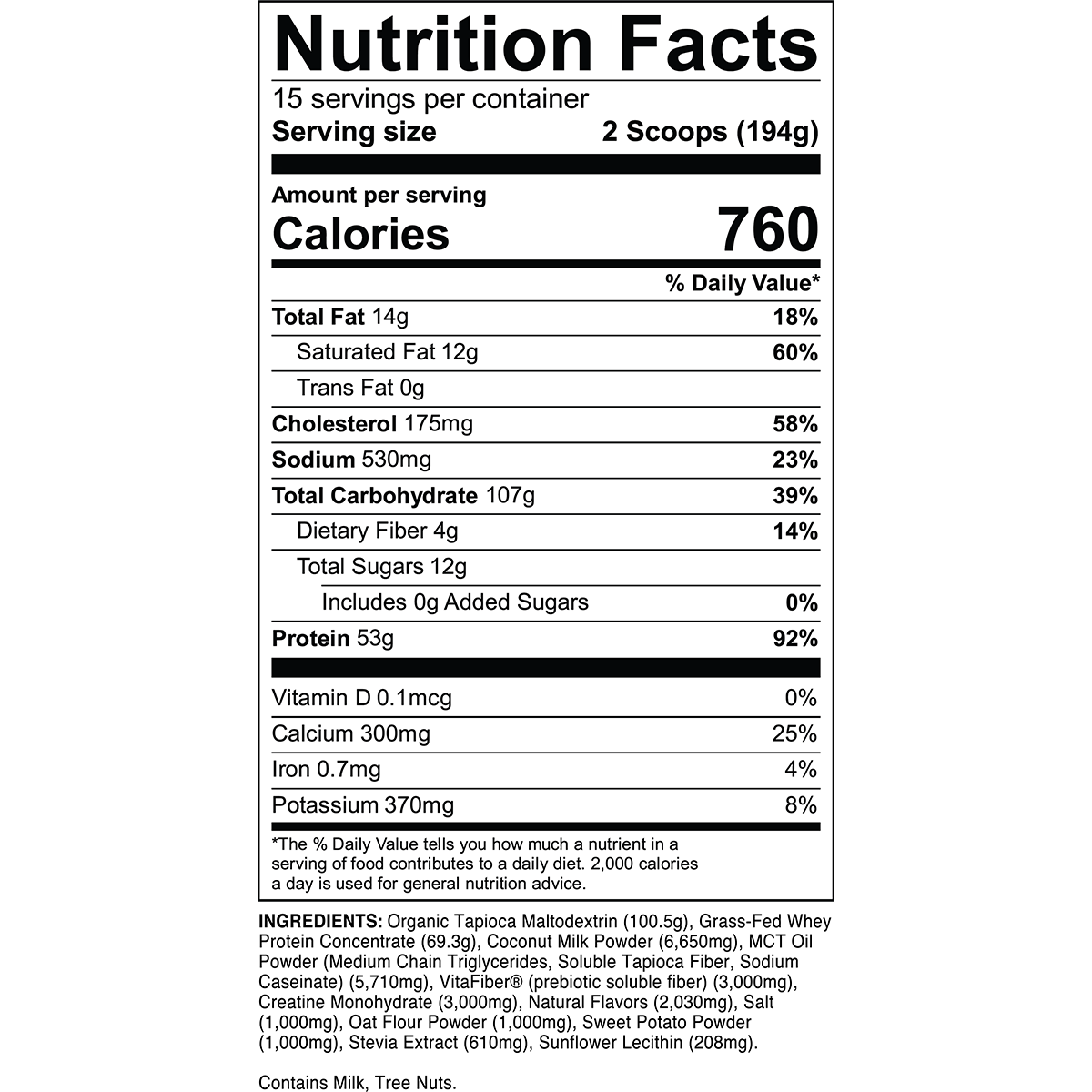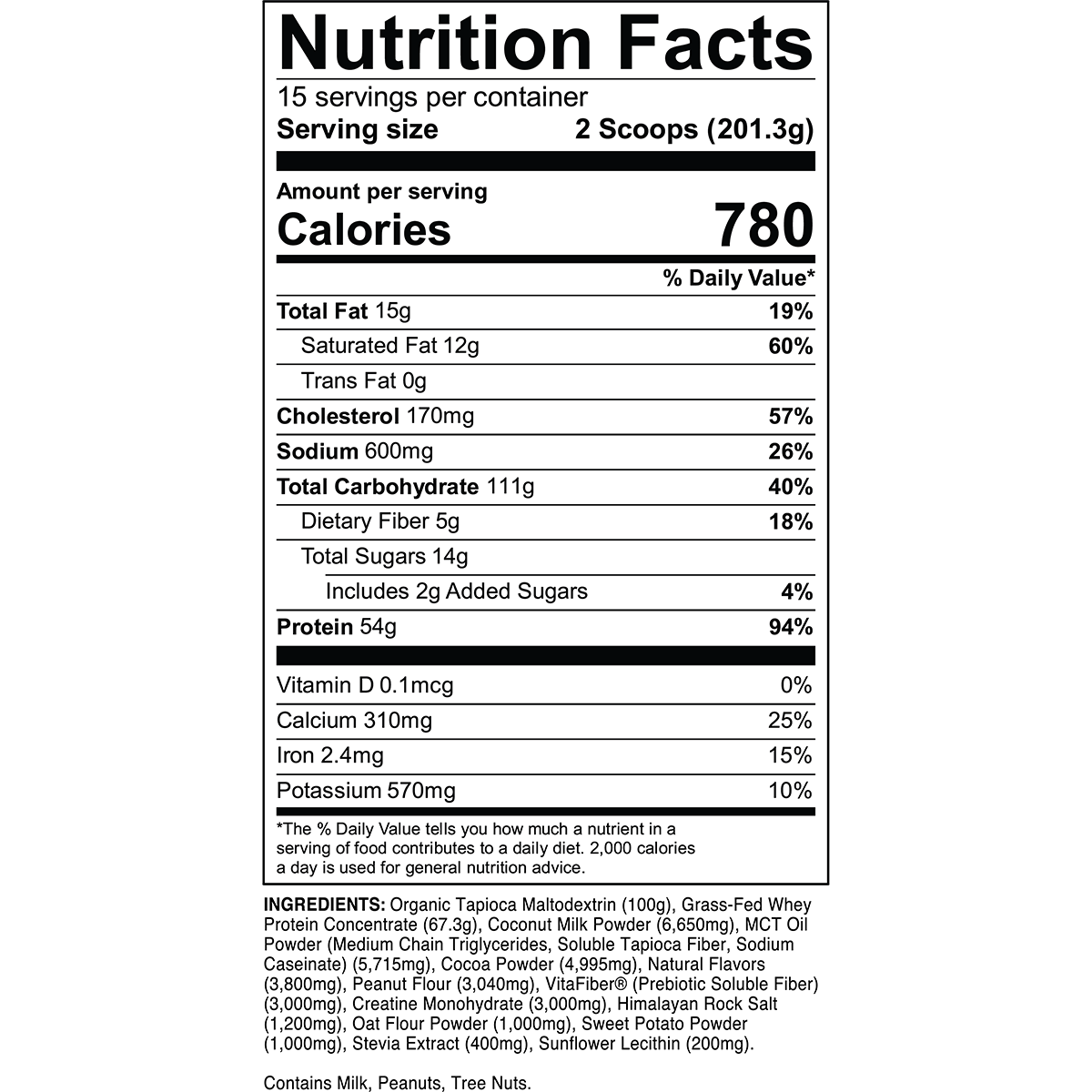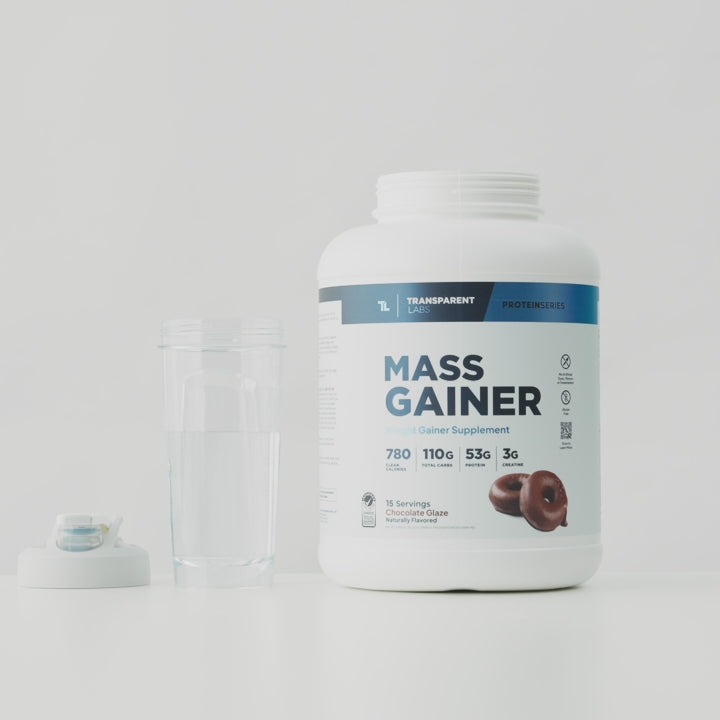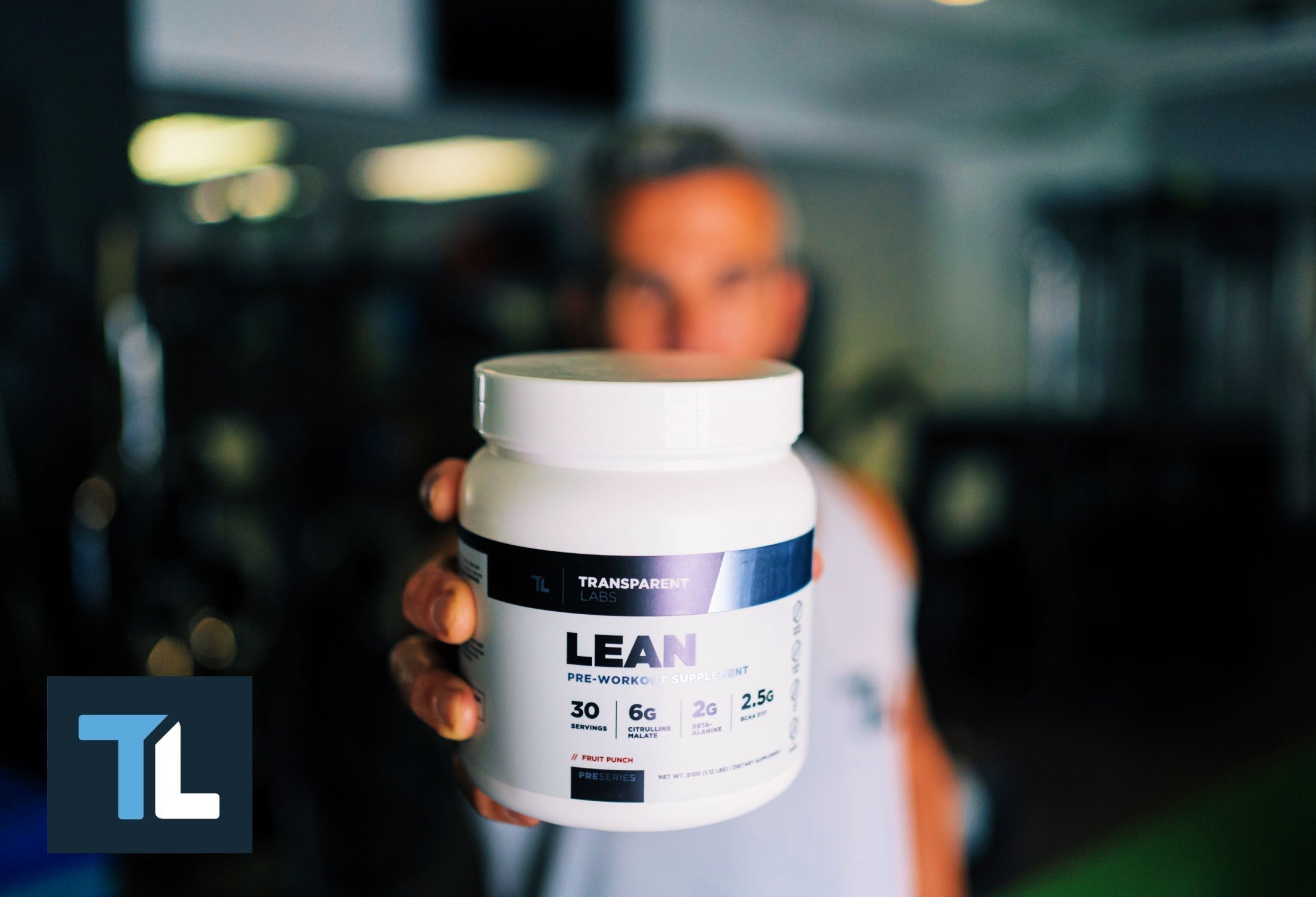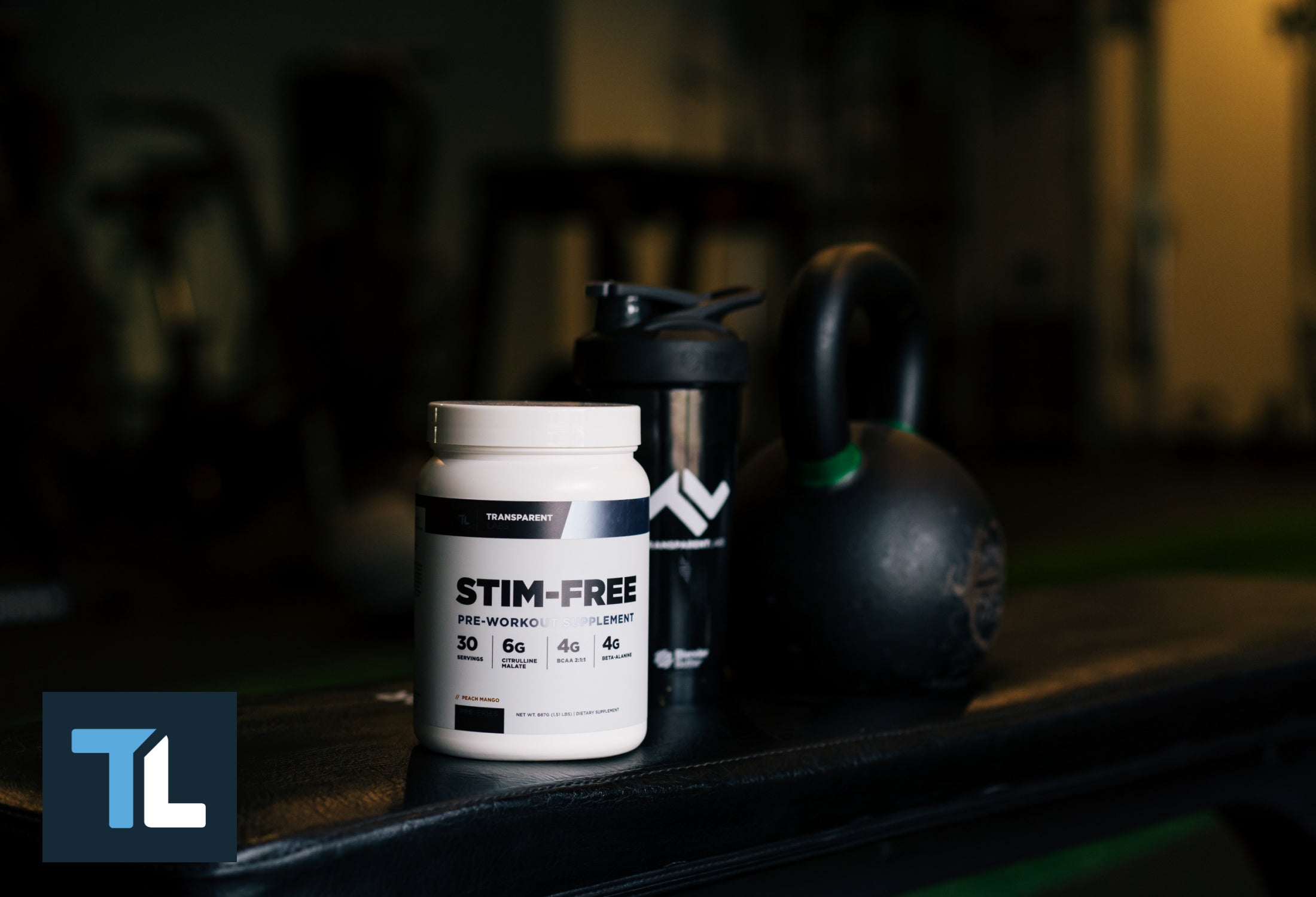Bigorexia (Reverse Anorexia) and Body Dysmorphic Disorder: Never "Swole" Enough
Muscle dysmorphia is a subtype of body dysmorphic disorder characterized by a persistent preoccupation with being more muscular and leaner. Naturally, this body-image disorder tends to afflict male bodybuilders and strength athletes. Reverse anorexia, colloquially called "bigorexia," is an eating disorder that often exists concurrently with muscle dysmorphia.
To be clear, eating disorders and distorted body image generally go hand in hand. A male bodybuilder might obsess about eating every 2-3 hours on the dot out of fear that he'll lose precious muscle mass otherwise. Science has debunked that notion repeatedly, but ask just about anybody with bigorexia or muscle dysmorphia, and they will insist otherwise.
However, eating disorders, notably binge-eating disorder, can exist independent of self-esteem issues related to body image. It's also possible, albeit rare, for body dysmorphic disorder to manifest independent of disordered eating habits.
While there have been efforts to instill a "body-positive" movement in society, body dysmorphic disorder (e.g. muscle dysmorphia) and eating disorders (e.g. anorexia and bulimia) will likely impact more men and women as time evolves. We're going to dissect the signs and symptoms of body dysmorphic disorder — with an emphasis on male bodybuilders and muscle dysmorphia — and the psychological factors that underpin body image disorders in modern times. We'll also discuss treatment options for these conditions and the long-term health implications of muscle dysmorphia and associated eating disorders like reverse anorexia (bigorexia).
Anorexia Nervosa and Reverse Anorexia (Bigorexia) Among Men and Women
Anorexia nervosa and reverse anorexia (bigorexia) are subtypes of eating disorders that commonly arise from low self-esteem over one's body image. The former describes highly restrictive eating behavior and deliberate food avoidance to get/remain thin and slender; the latter applies to following restrictive eating habits to be bigger and more muscular (despite already being so). These rigid behaviors typically interfere with social life and supersede any other responsibilities (e.g. work and school).
Note that "restrictive eating" doesn't necessarily mean "less food/nourishment." An individual with bigorexia will usually eat plenty, but they're also scrupulous over trivial details like falling short of their protein intake goal by 3 grams or going longer than three hours between meals. As such, bigorexia is not the same as constantly overeating just to gain weight.
To no surprise, anorexia nervosa is more prevalent among females, whereas bigorexia (and corollary muscle dysmorphia) typically impacts males [1, 2]. Despite the contrary desires of individuals with anorexia and bigorexia, these two eating disorders exhibit nearly identical psychological roots.
Obsessive-Compulsive Disorder (OCD) as the Genesis of Muscle Dysmorphia and Eating Disorders
Mental health conditions are clinically diagnosed according to criteria outlined in the Diagnostic and Statistical Manual of Mental Disorders (DSM-5), a publication of the American Psychiatric Association. The DSM-5 classifies obsessive-compulsive disorder (OCD) as a subtype of anxiety disorder with abridged diagnostic criteria as follows [3]:
- The presence of obsessive thoughts and/or compulsive behavior.
- Obsessive thoughts are defined as recurrent and persistent thoughts, urges, or images that are experienced as intrusive, unwanted, and that in most individuals cause considerable anxiety or unrest.
- Compulsive behavior is defined as separate attempts to ignore or suppress such thoughts, urges, or images, or elude them with some thought or action (i.e. by performing a compulsion).
Based on those criteria, the parallels between OCD, eating disorders, and muscle dysmorphia are patently clear. Anorexia, bigorexia, or muscle dysmorphia are essentially niche expressions of OCD, which is ultimately a derivative of overarching anxiety.
It's important to note that some anxiety is normal and healthy, but chronic anxiety can wear us down mentally and physically. So, what causes anxiety over body image and consequent muscle dysmorphia?
Among males, a perceived lack of muscularity (read: muscle dysmorphia) can instigate obsessive-compulsive behaviors. These individuals obsess over their male body image and constantly think they should be more muscular (often while already being exceptionally lean and muscular), and compulsions to exercise/lift weight and diet restrictively ensue. In other words, they take measures to look a certain way despite the adverse health outcomes (hence, steroid use is common in muscle dysmorphia).
Body Image, Muscle Dysmorphia, and Low Self-Esteem

The societal and cultural pressures for men, women, and even adolescents to look a certain way based on their gender are culpable for the rising incidence of eating disorders and body dysmorphic disorder [4]. For decades, mainstream media has told us that the "ideal" male body is muscular, herculean, and broad; the "ideal" female body is slim and slender but also curvy in the "right places." Bodies that don't fit those ideals are considered substandard or unattractive.
But here's the problem: society's normative precedent of physical beauty and aesthetics is unrealistic (and unachievable) for most people. The human body is only capable of so much physically, even when pushing the boundaries with steroid use and other performance-enhancing drugs.
Height, bone structure, facial dynamics, skin color and complexion, and hair are mainly determined by genetics. If you're 30 years old and 5'11," odds are you're not going to be 6'6" no matter how much growth hormone you take.
Even body fat and muscularity are controlled by genetics, to a degree. The body fat set-point theory lends credence to the genetic basis for an interindividual level of predetermined leanness [5]. The same can be said for lowly and highly hypertrophic responders to resistance training [6].
It's not necessarily fair, but genetics influence a large part of our physical appearance and body tendencies. Of course, taking care of yourself also plays a major role in your physical attributes.
Regardless, there shouldn't be a universal ideal or standard for physical attractiveness because no two bodies, or people for that matter, are biologically the same (not even identical twins). Not to mention, beauty is in the eye of the beholder; what's attractive to one person may or may not be to another. How do we define "objective" beauty when it's intrinsically a subjective matter?
Well, we can't — not even with Fibonacci numbers or the golden ratio. That's why the de facto standards or ideals of physical appearance and beauty are, somewhat ironically, subjectively objective.
The Social (Media) Dilemma
Social media and the Internet have revolutionized how we perceive fitness models and the ideal male/female physique. Scroll through your Instagram or Facebook feed for 5-10 minutes, and odds are you'll come across at least one body-image-related post or advertisement.
We may not see it directly, but that content is an insidious reminder of our imperfections. Sure, it can serve as motivation to watch videos of shredded bodybuilders pumping iron and supermodels sprawling on the beach in bikinis, but the digital realm often presents a false portrayal of reality.
You don't catch a glimpse of the professional camera crew, augmentative surgeries, and personal assistants who work around the clock to help those bodybuilders and supermodels look a certain way. And there's a good chance the bodybuilders are abusing anabolic steroids and not being forthcoming about it.
Also, imagery can be enhanced and filtered with simple smartphone features these days. We're all guilty of using such enhancements on social media to boost our confidence (or hide our supposed imperfections, no matter how insignificant).
Rest assured, comparing yourself to someone else, especially augmented iterations of that person, can take a lasting toll on your mental health and self-esteem. Therefore, it's reasonable to argue that social media addiction is now one of the primary risk factors for eating and body image disorders.
That's not to say you should eschew social media, because there's certainly a balance to be found. Rather, the salient takeaway is to not base your self-esteem and body image on distorted comparisons with others.
If you want to compare yourself, look in the mirror. It's you vs. you. How does your former self stack up to your current self? Does how you used to look even matter since the only thing that truly exists is here and now?
Once you start thinking a bit more existentially, the external pressures to change your body (for other people) dissipate. Finally, you're free to just be and be comfortable in your own skin. More importantly, you have the freedom and opportunity to improve yourself, for yourself.
Treatment of Muscle Dysmorphia and Associated Eating Disorders
It's not always easy to seek help when you're dealing with an eating disorder or body image issue, but the best thing you can do is talk to someone about it. Use your resources to find a local psychiatrist or other qualified healthcare practitioner.
Cognitive behavioral therapy is highly effective for treating anxiety-related conditions, and requires no medication. Some individuals may respond well to prescription anxiolytics or antidepressants, but generally, it's best to start with therapy and counseling before resorting to medication.
And lastly, surround yourself with people who encourage you — and push you — to be better, and do the same for them. Fitness and bodybuilding are intrapersonal pursuits, but they don't have to be lonely. The camaraderie and support of like-minded peers can help you push past the limitations you set for yourself.
The goal is to be the best you can be; it's time we acknowledge that as a universal objective of anyone who sets foot in a gym, regardless of how they look or their physical capability.

